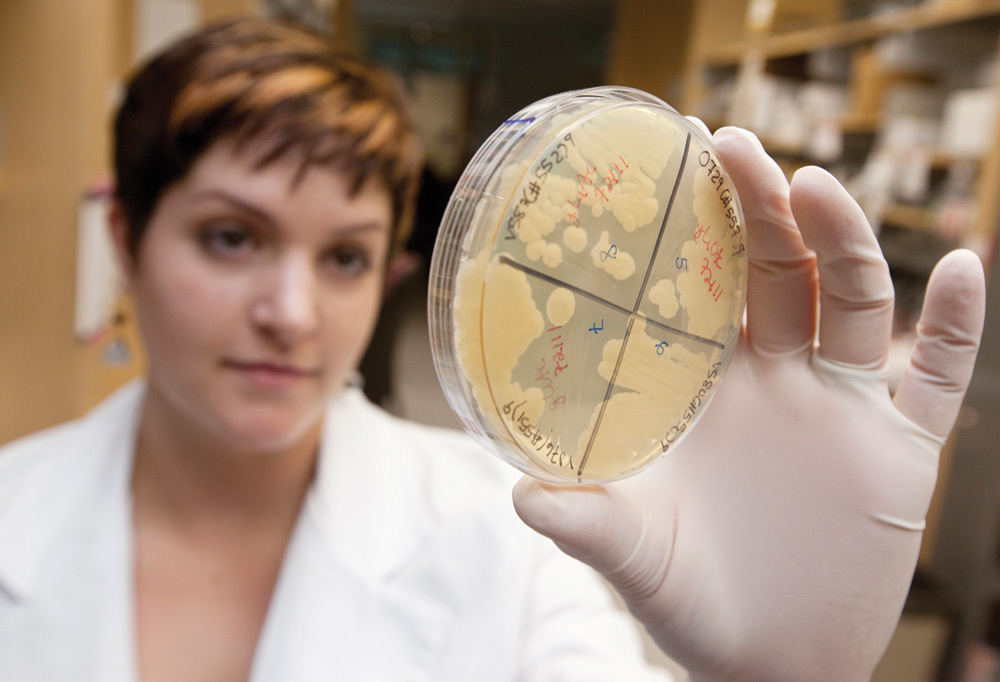Appetite for Improvement

PHOTO: MATTHEW WISNIEWSKI, U.S. DOE GREAT LAKES BIOENERGY RESEARCH CENTER
August 15, 2011
BY Kris Bevill
Advertisement
Advertisement

PHOTO: MATTHEW WISNIEWSKI, U.S. DOE GREAT LAKES BIOENERGY RESEARCH CENTER
August 15, 2011
BY Kris Bevill
Advertisement
Advertisement